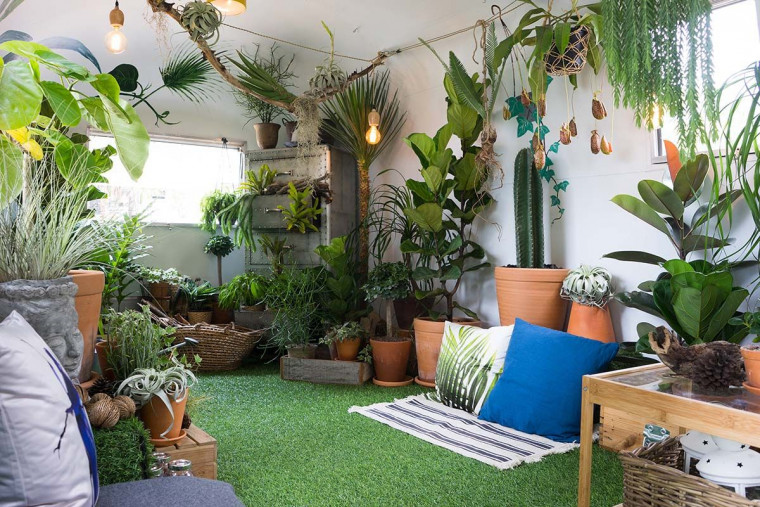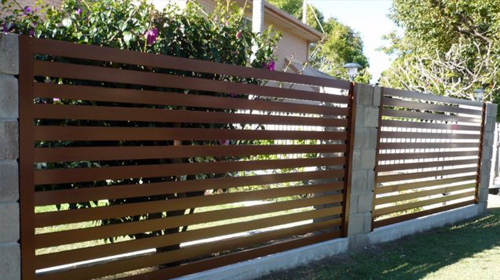Naturalistic design is a philosophy that seeks to emulate the beauty and harmony of the natural world within the built environment. It draws inspiration from organic forms, textures, and patterns found in nature, creating spaces that feel cohesive, tranquil, and connected to the earth. By incorporating elements such as natural materials, biophilic design principles, and sustainable practices, naturalistic design seeks to enhance the well-being of occupants while minimizing environmental impact.

Harnessing the Power of Biophilic Design
Biophilic design is a key component of naturalistic design, focusing on the integration of natural elements into the built environment to promote human health and well-being. This approach emphasizes the use of natural light, views of nature, indoor plants, and natural materials to create spaces that evoke a sense of connection to the outdoors. By incorporating biophilic elements into interior design, homeowners can improve air quality, reduce stress levels, and enhance cognitive function, resulting …



:strip_icc()/wood-deck-raised-gardens-6c73553c-9cd6ac30c3dc4cdf9d27373743caeff8.jpg)